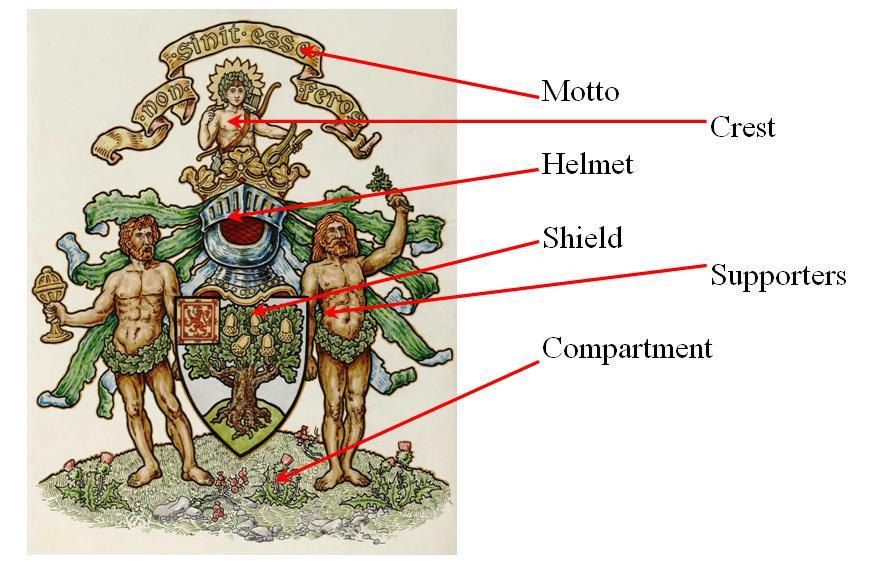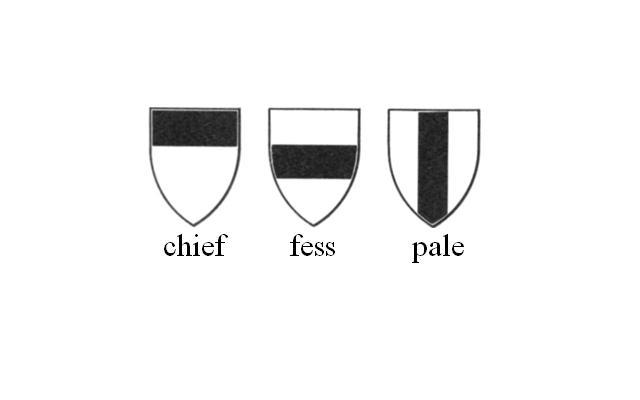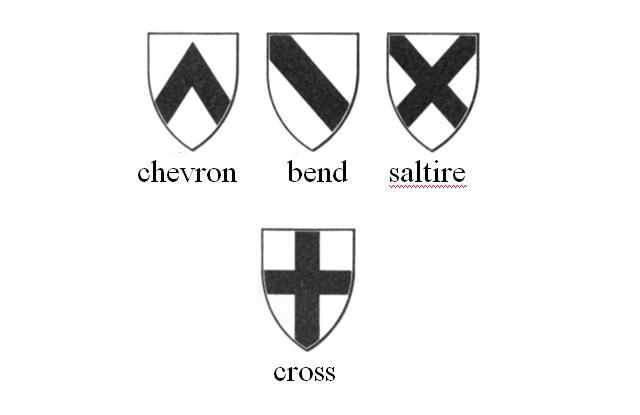What is the Public Register of All Arms and Bearings in Scotland
Who can apply for a coat of arms?
The Scotland's People website provides access to digital images from the Public Register of All Arms and Bearings in Scotland from 1672 until 1924.
What is the Public Register of All Arms and Bearings in Scotland?
The Public Register of All Arms and Bearings in Scotland contains all recordings of coats of arms in Scotland from 1672 to the present day and it is added to daily. Coats of arms cannot be used legally in Scotland unless they are recorded in that Register. The Register is maintained by the Court of the Lord Lyon, the office responsible for heraldic matters in Scotland. You can search digital images from the Register dating between 1672 and 1924 on Scotland's People.
These entries can include a considerable amount of genealogical information although the older entries usually have less detail. By the mid 19th recordings often contain details of an individual’s descent from his grandfather or earlier even when the individual is being granted a new coat of arms. When a person is re-recording arms borne by an ancestor, often several generations earlier, an account of that person’s ancestry back to the forebear will be included. It is usual for people to have some knowledge of whether an ancestor had a coat of arms. The Public Register of All Arms and Bearings in Scotland is not a register of genealogical account. There is a Public Register of Genealogies and Birthbrieves in Scotland which is held in the Court of the Lord Lyon which office also has a large collection of family trees, family histories and other genealogical material.
What is a coat of arms?
Coats of arms were originally used for military purposes and consisted of an actual coat bearing a distinctive design which was worn over a suit of armour. This enabled the knight to be recognised. The design was also displayed on his shield. On his head he wore a helmet and in time this was surmounted by a crest which identified the wearer from a distance and was used particularly during tournaments.
As the military use of coats of arms declined they were adopted for civilian purposes on seals and to identify property.
Most personal coats of arms consist of a shield, helmet, crest and motto. Supporters, the figures or beasts standing on either side of the shield, are only granted to particular groups of people, including clan chiefs, peers, and senior knights in orders of chivalry.
Companies and other corporate organisations such as civic councils, schools, universities, sporting clubs and charities can also have a coat of arms and while some may have shields, crests and mottoes many only have a shield.

Heraldic terminology
Heraldry uses a specific language which allows for a clear verbal description which those with heraldic knowledge anywhere in the world will be able to interpret into a pictorial version. It is this verbal description, or blazon, which determines the design of the arms and in Volume 1 of the Public Register of All Arms and Bearings in Scotland there are very few pictorial renderings of blazons.
Glossary
Colours or metals:
- Or – gold or yellow
- Argent – silver or white
- Gules – red
- Azure – blue
- Sable – black
- Vert – green
- Purpure – purple
- Ermine – white with black 'tails'
- Erminois – gold with black 'tails'.
Ordinaries or charges:
Ordinaries and charges (in heraldic terms) are designs or emblems within an escutcheon (shield).
- the chief is the upper portion of the shield.
- the fess is a broad horizontal stripe across the centre of the shield.
- the pale is a vertical stripe in the centre of the shield.
- the chevron is a construction shaped like an inverted letter 'V'.
- the bend is a diagonal stripe
- the saltire is a diagonal cross, often called 'Saint Andrew's cross'.
- the cross can have many variants.


Who can use a coat of arms?
Coats of Arms in Scotland can only belong to one person at a time. There is no single coat of arms which all people of the same name can use – often miscalled a 'family coat of arms'. As coats of arms originated in order to identify a person it is clear that it would not be practical if more than one person could use exactly the same design. Arms descend to the heir in each generation of the person to whom they were originally granted and other descendants who bear the same surname may apply for a slightly different version of the arms to be recorded in the Public Register of All Arms and Bearings in Scotland. In Scotland the shields of unrelated people with the same surname may bear similarities as the design will be based on the shield of the clan chief, the head of the family.
Who can apply for a coat of arms?
The Lord Lyon King of Arms is responsible for granting all coats of arms in Scotland and will consider Petitions, as applications for arms are called, from people who are legally domiciled in Scotland and those who were born in Scotland. The Lord Lyon can also consider petitions from people living in Commonwealth countries which do not have their own heraldic authorities. Normally the Lord Lyon would expect there to be some Scottish connection. A grant of arms is not automatic and there is no statutory right to a coat of arms.
Descendants bearing the same surname of someone who already has a coat of arms recorded in Scotland can apply for a matriculation or re-recording of the ancestor’s arms, either with a small difference or without if they are the heir. The Lord Lyon will allow a matriculation if the applicant can prove their descent by the production of statutory records, such as birth, marriage and death certificates, entries in the Old Parish Registers, wills and testaments.
Further information
For more detailed information on heraldry and its use in Scotland and on recordings less than 100 years old, enquiries should be directed to the Court of the Lord Lyon, HM New Register House, Edinburgh EH1 3YT. Information can also be found on the Court of the Lord Lyon's website.